The 2022 Global Carbon Management Conference released "Top 10 Insights and Trends of Carbon Management Industry in Two Years"
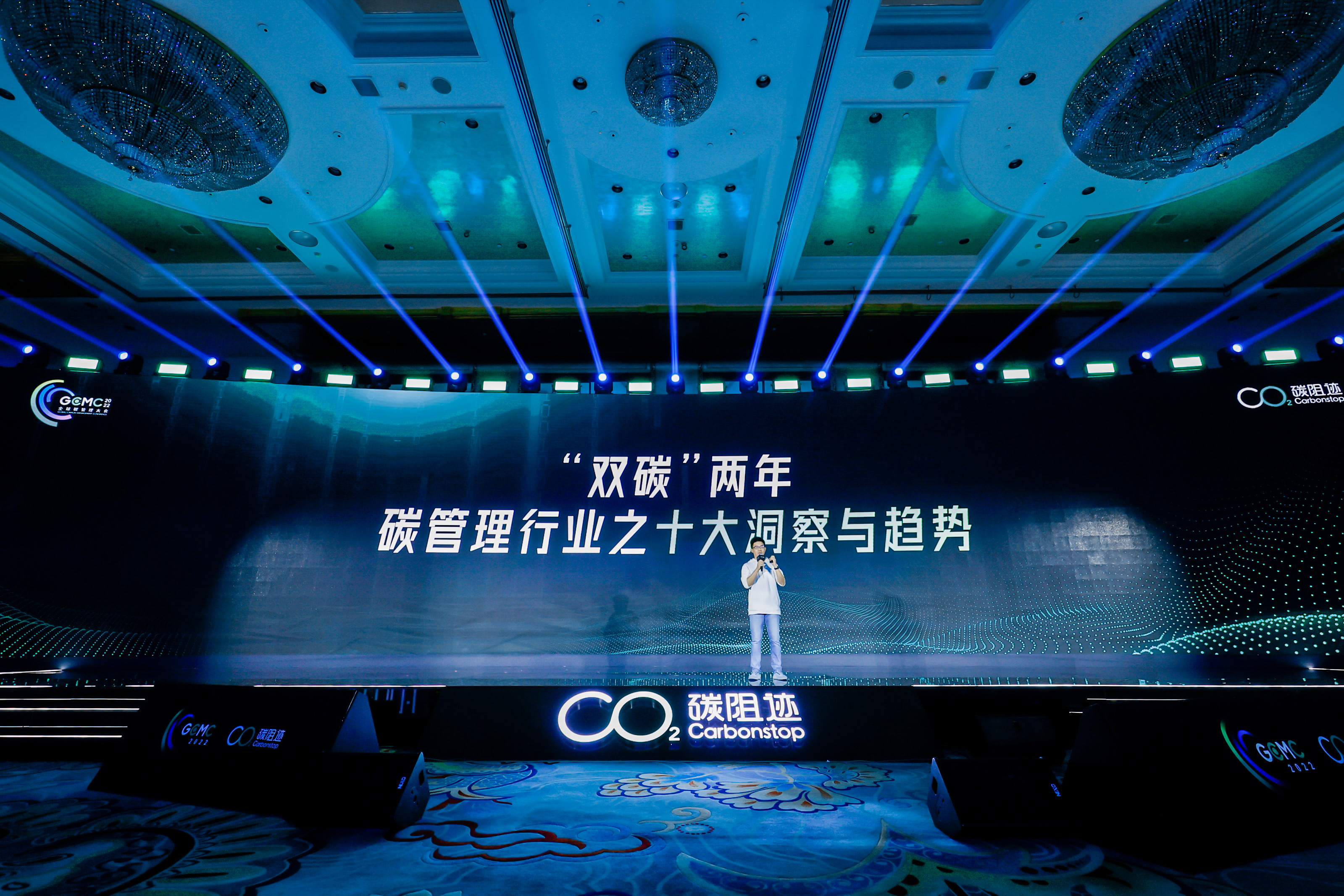
Since the second anniversary of the "dual carbon goals", China's carbon neutral process has shifted from the concept to change in various industries. As the organizer of the conference, Luhui, Yan, the founder and CEO of Carbonstop, published "Top 10 Insights and Trends of Carbon Management Industry in Two Years".
Luhui,Yan said that an increasing number of companies would like to engage their stakeholders on carbon disclosure in a more visual way. According to the "China Carbon Management Market Size and Forecast", a joint study by Carbonstop and China Insights Consultancy, China's carbon management market size will reach 109.9 billion yuan by 2025, 450.4 billion yuan by 2030, and 43.286 billion yuan by 2060.
As for Carbonstop’s development direction of digital carbon emission management, Lei Zhang, the founder of Hillhouse Capital said that a comprehensive infrastructure is essential to achieve carbon neutrality. Carbonstop provides a strong database for a variety of industries, including Hillhouse Capital's portfolio companies, with the power of technological innovation.
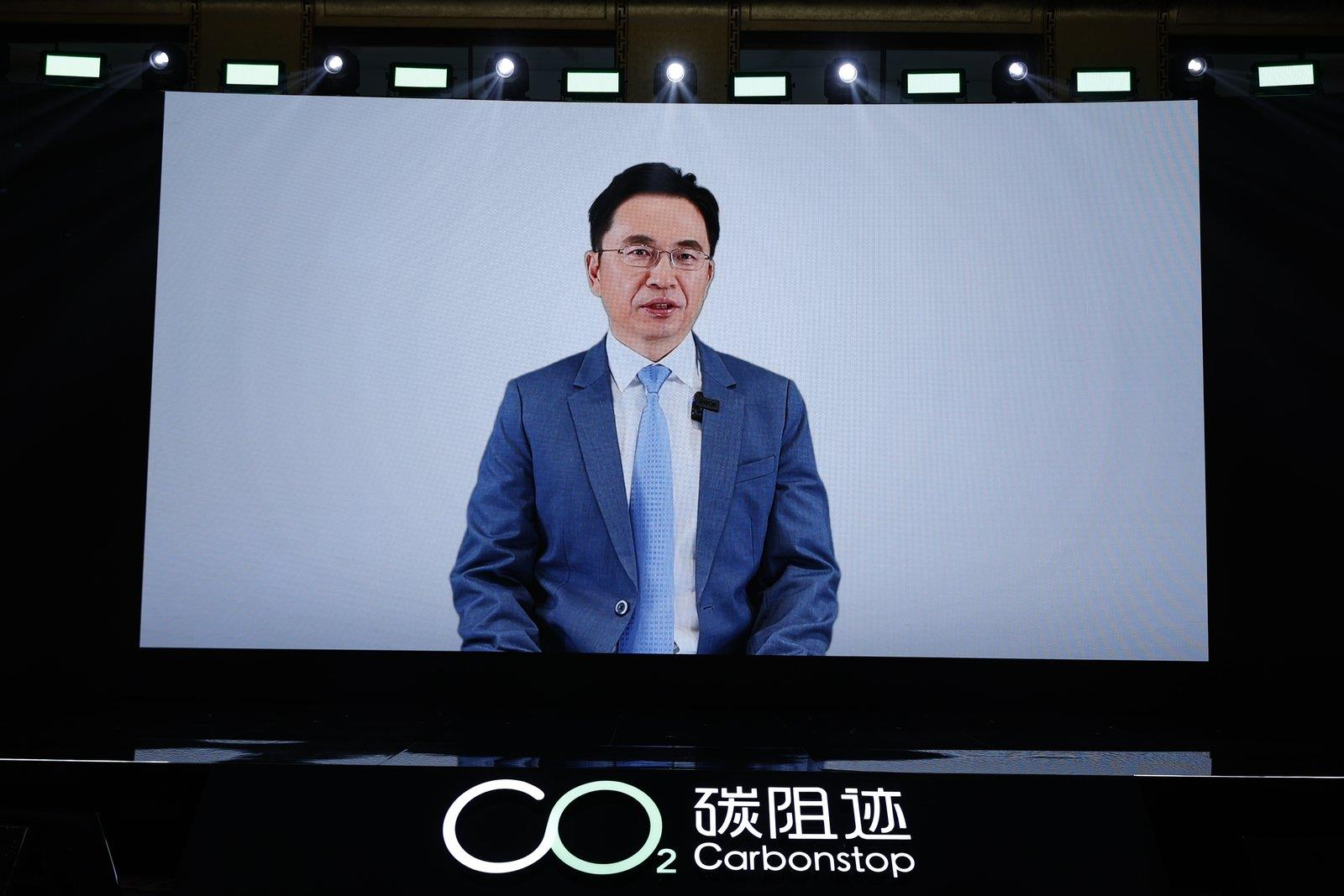
“Carbon emission calculation and management are the digital infrastructure for carbon neutrality. Carbonstop enhances the operability of carbon emission calculation and management by accumulating a rich database of carbon emission factors, as well as helping the whole society to establish a carbon-neutral innovation ecology.” Neil Shen, founder and managing partner of Sequoia Capital China said at the conference.
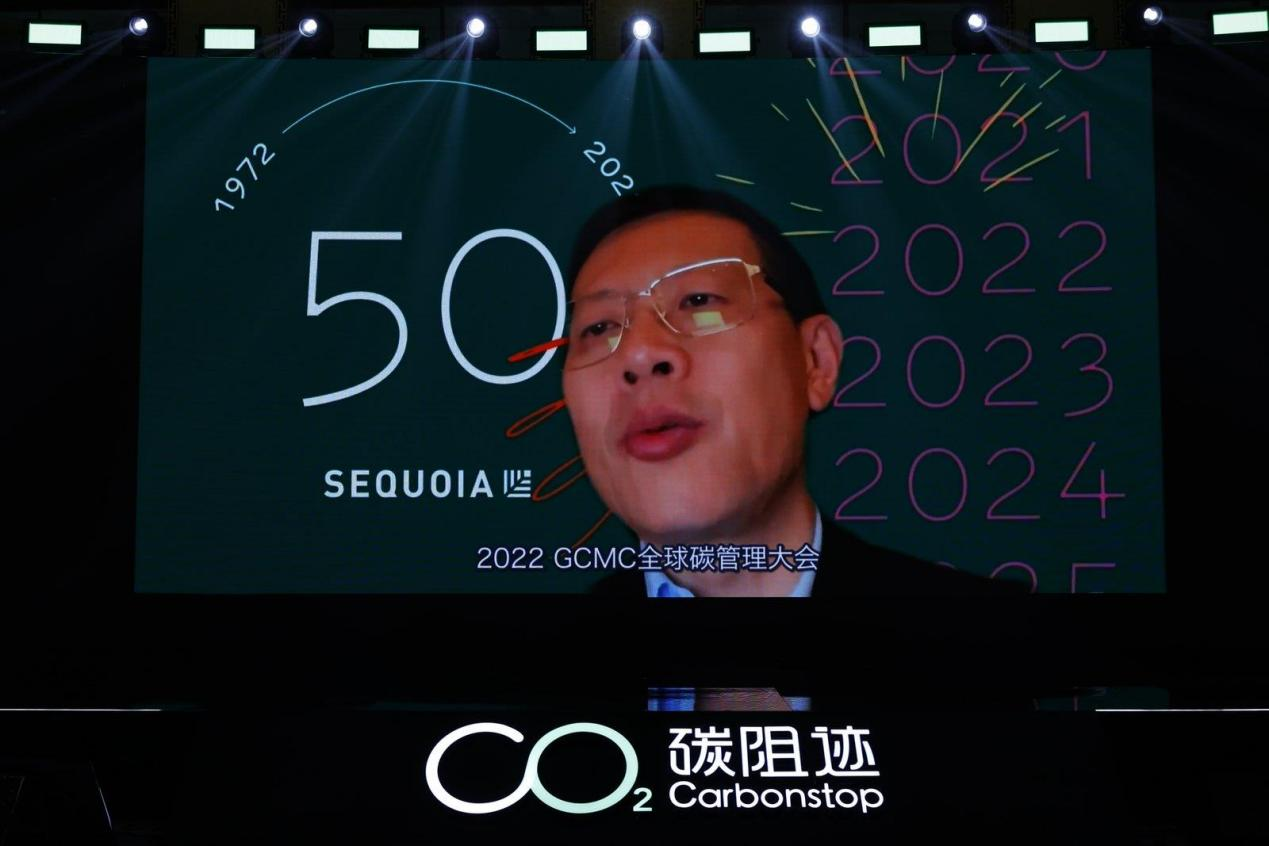
At the conference, Carbonstop launched the “C-cloud” as an upgrade. After the upgrade, “C-cloud” offers a visualized and smart carbon management tool for businesses while making carbon accounting more efficient and accessible to corporations. Specifically, “C-cloud” is designed with a series of functional modules: Enterprise carbon accounting, Product carbon footprint, Supply chain carbon management, Carbon intelligence, Carbon account, and Carbon neutralization service.
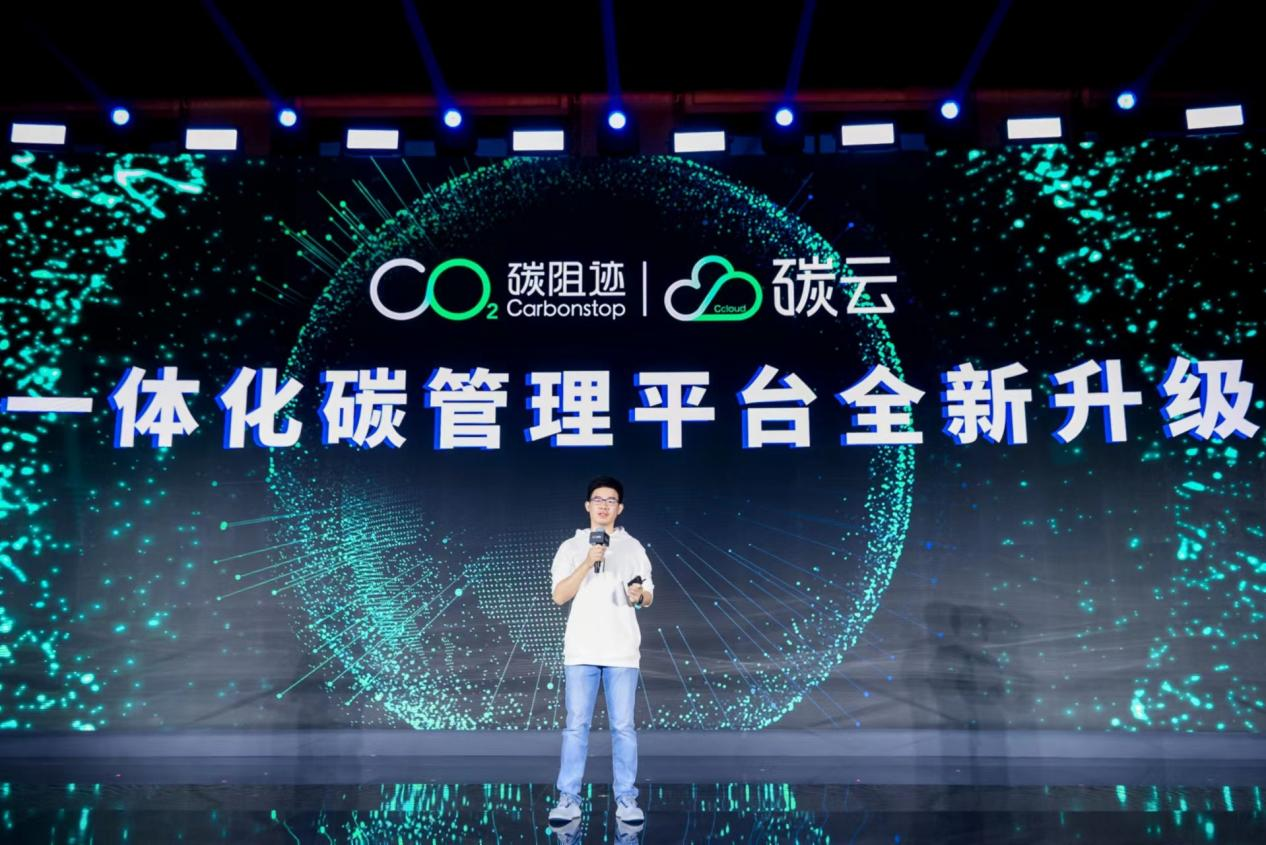
Furthermore, s Carbonstop Research Institute members appeared at the conference for the first time. Carbonstop Institute aims to build a high-quality interactive exchange circle between government, enterprises, and scientific associations, to assist companies in low carbon transition, and the realization of carbon neutrality.

In addition, to make the public understand the impact of carbon reduction more intuitively, Carbonstop also conceived the future personal carbon trading model, not only through the app "Green Meeting" to achieve the attendees’ personal carbon neutrality goal, but also especially showed the "low-carbon product experience space", which integrates personal low-carbon consumption scenarios into the carbon trading market, allowing on-site guests to experience their first carbon trading.
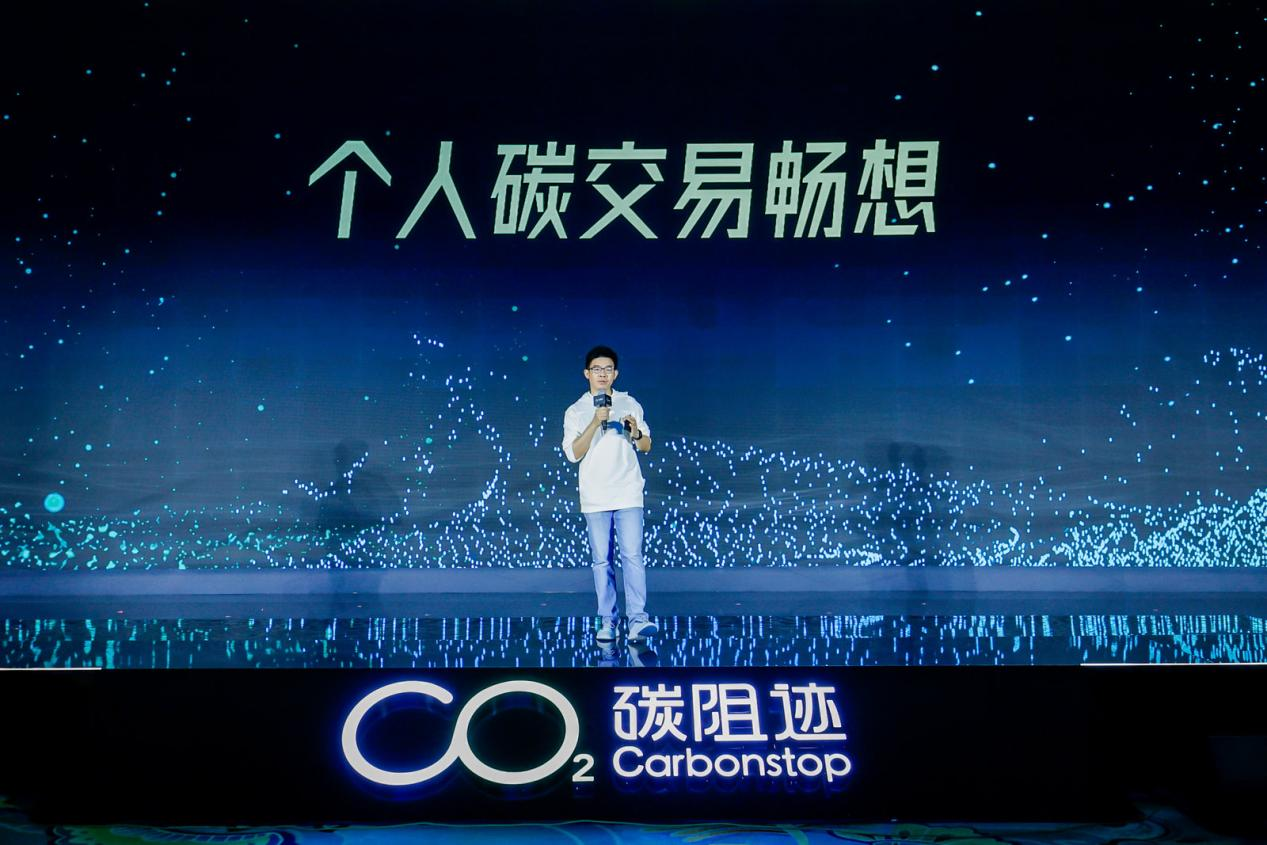
As the pioneer and influencer of Green Meetings in China, Carbonstop is continuing its efforts to reduce the carbon footprint of the conference and minimize wastage of all resources, including paper, related to it. According to the calculations, the 2022 Global Carbon Management Conference emits 31.02 tons CO2e in total, 54.43kg per capita, which can reduce 20.17 tons CO2e compared to a traditional conference.
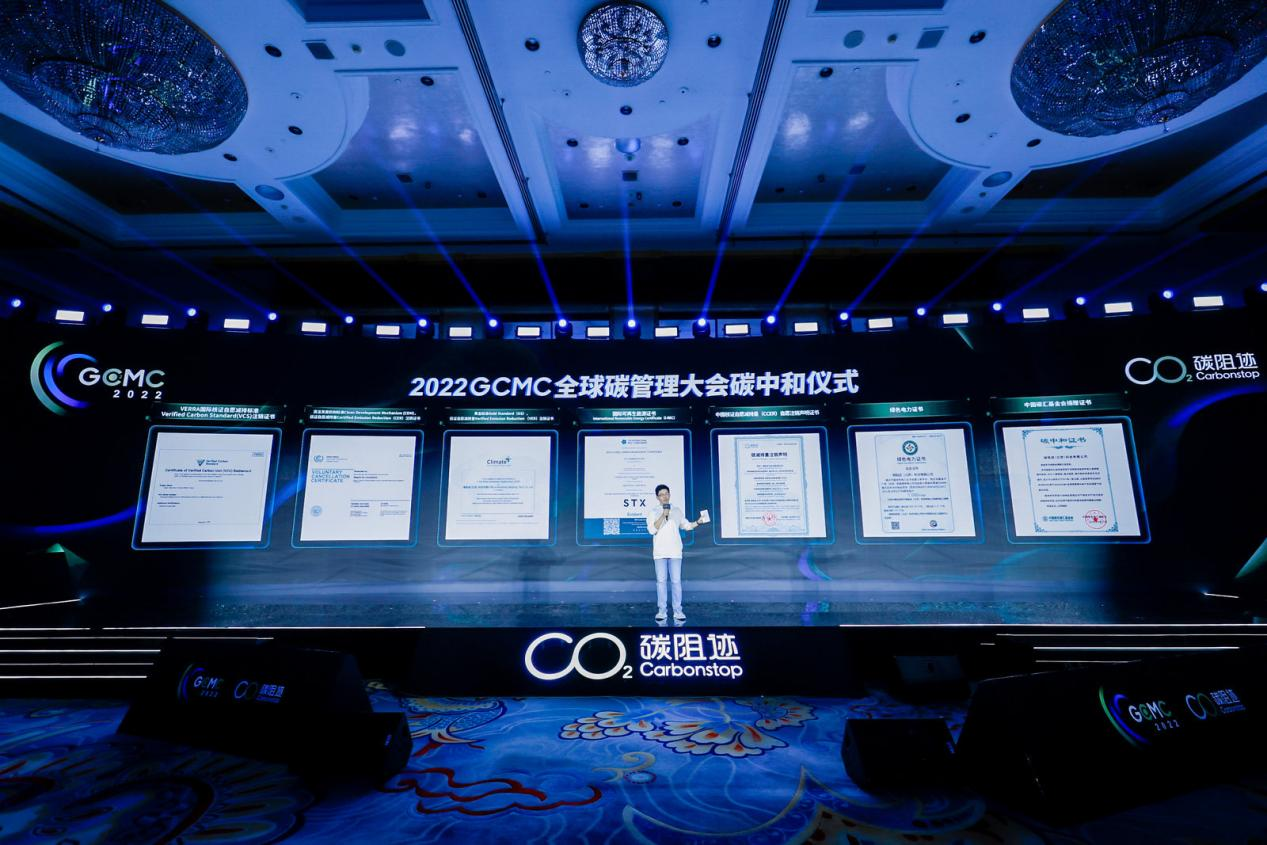
It is worth mentioning that the conference used VCS, CER, VER, CCER, international green certificates I-REC and domestic green certificates and carbon sinks to offset the CO2 emissions and realized carbon neutrality in the end.


